When Viet Pilots In Soviet Planes Dropped US Bombs On Cambodia
Unexploded Ordnance (UXO) and remnants of war are discovered almost daily in Cambodia, and pose a constant risk to peoples lives. While the vast majority of landmines are Soviet and Chinese in origin (on the K5 ‘Border Defense Perimeter’ around 3000 antitank and antipersonnel mines were laid per square kilometer along the Thai border), American made bombs, such as the MK82 and CBU-14/CBU-25 cluster bombs still litter the countryside. Just in 1969, ‘Operation Menu‘ 3,800 missions dropped over 100,000 tons of bombs over Cambodia.
But not all American bombs were dropped from American planes. Following the Communist victory in 1975, huge stockpiles of American hardware and weapons fell into the hands of the new Socialist Republic. Even before the fall of Saigon, the New York Times estimated $1 billion (nearly $5 billion today) worth of equipment and supplies had been abandoned and captured by the NVA. In the town of Pleiku alone, at least 15,000 tons of ammunition and 100 tons of bombs were left intact. Machines that needed maintenance and spare parts- especially helicopters and planes- were used until they were no longer viable.
The new Socialist Republic of Vietnam was soon at war again. First against border raids from former communist proteges the ‘Khmer Rogue’ in Democratic Kampuchea, and after the invasion in 1978-79, a Chinese incursion in protest. While the Vietnamese had some of the best equipped and trained air-defenses of the era, the actual air force units Quân chủng Phòng không – Không quân Nhân (QCPKKQ), were minimal. On the other hand, the Khmer Rouge dominated GRUNK coalition had next to no anti-aircraft weaponry in their jungle bases.
With warehouses full of aging American bombs, but with no suitable aircraft, along with a planned Dry Season Offensive of 1984-85, aircraft engineers worked with what they had. The results were dubbed ‘Vietnamese B-52’s’ and have rarely, if ever, been reported until recently. History Steve
An-26 military transport planes of the Vietnam People’s Air Force have been flying operations for the past 40 years (1980 – 2020).
After China suddenly attacked Vietnam in February 1979), the Soviet Union Government provided emergency aid to the People’s Army of Vietnam- including a squadron of An-26 military transport aircraft.
More than 40 years since the first Anatov An-26 was brought to Tan Son Nhat Airport in Ho Chi Minh City, the aircraft have been involved in both attack and defensive roles.

Lieutenant Colonel Nguyen Chi Cu, former deputy commander of the 918 Air Transport Regiment “Hong Ha”, now the 918 Brigade, is 80 years old, and currently living in District 12, HCMC. He was one of the first few pilots of the Vietnam People’s Air Force to be taught by the Soviet trainers to fly the An-26 military transport aircraft at Tan Son Nhat airport. He qualified within 6 months. and continued to fly An-26’s until his retirement.
At the end of 1979, while he was a C-47 pilot (using aircraft that had been left behind by the Americana), Nguyen Chi Cu was called in by his superiors and told the regiment was to be equipped with new Soviet weaponry. He was to be the first pilot to fly the new aircraft.
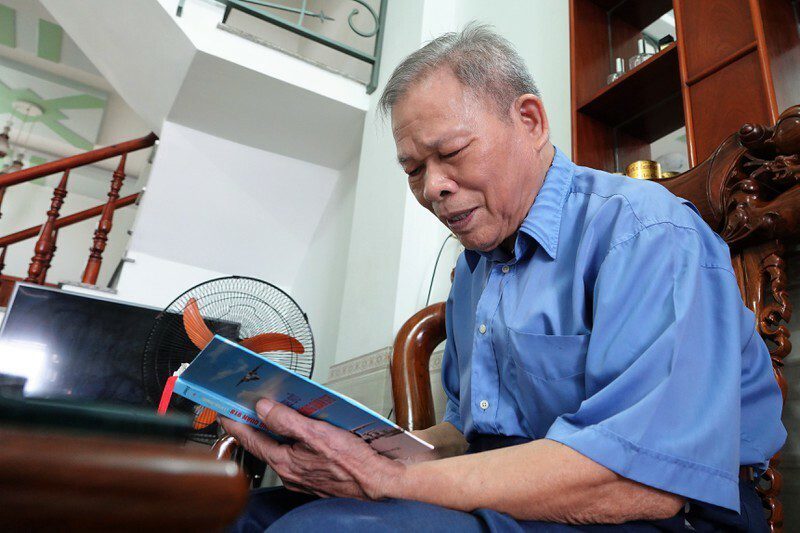
At the end of 1980, the first two An-26s bearing numbers 210 and 212, along with Soviet trainers arrived at Tan Son Nhat base
“An-26 is a medium-range transport aircraft, can carry about 50 people, or 5.5 tons of cargo, flight speed 400-450 km / h, range 2,000 km, suitable for Vietnam’s terrain. We learned and flew Soviet-made airplanes, so the mastery was good” Cu said, laughing “The An-26 is like the An-24 but is more modern and has a back door.”

The commitment of the Soviet Union government was to supply Vietnam with 50 An-26s, so from the end of 1979, pilots and staff also went to the Soviet Union to train.
In early 1981, all of US aircraft acquired after April 30, 1975 were decommissioned due to lack of serviceable parts and had been repaired too many times.
Requests to replace aircraft to serve on the northern and southwestern borders, and to do international missions in Cambodia, were made in the meetings of the Ministry of Defense, and the Soviet Union accelerated the transfer of An-26’s to Vietnam. 918 Regiment pilots and staff were trained to fly and maintain the aircraft, and by mid-1981, the second An-26 squadron arrived in Vietnam, bringing the total to 20 aircraft.
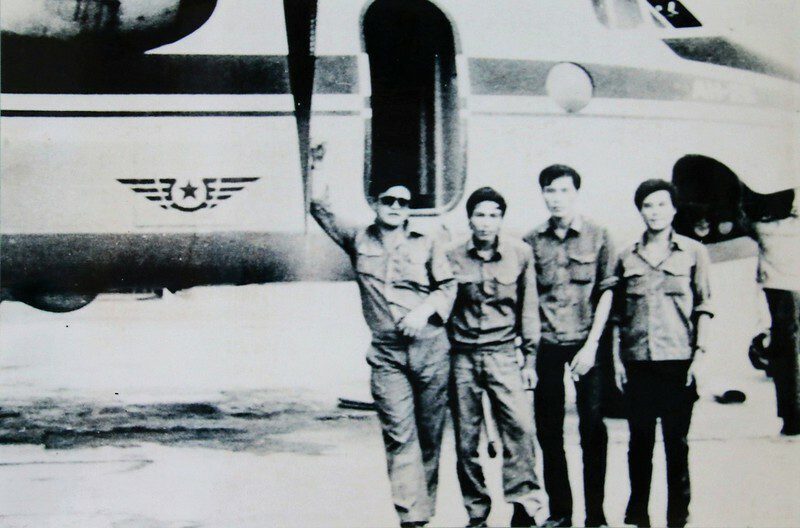
“There were many new planes, (it was) very exciting. Initially, the unit only had 2 flight crews as teachers. We had to choose some of the pilots and flight attendants who had studied in the Soviet Union or have flown for many years on other Soviet planes to quickly train to become An-26 teachers,” Cu said “At that time, QCPKKQ (the Vietnamese Air Force) suspended the operation of MiG-17 and MiG-19 aircraft, so many pilots from the units were transferred to 918. By mid-1981, the unit had 15 An-26 flight crews. troop transfer and parachute drop (capacities)”.
Due to high intensity flight activity, just a few months after arriving in Vietnam, some An-26 aircraft had to enter the technical the maintenance workshop in early June 1981. At the same time, the 918 Regiment sent 99 members to the Soviet Union to train as An-26 pilots and flight crew.
Soviet planes dropped American bombs
Since March 1979, much military equipment had been imported into Vietnam, including the Soviet military transport aircraft. On April 16, 1979, Colonel Luong Huu Sat, deputy commander of technical and logistics of the Air Force (later Lieutenant General, deputy director of the General Technical Department, Ministry of Defense) assigned the task of organizing An-26 aircraft for units in the military and directed workshop A41 (now factory A41, technical department PKKQ) to organize a delegation of staff to the Soviet Union to train in the technical maintenance process for the aircraft.

In early August 1979, the A41 group of 27 left for the Soviet Union. They studied in the city of Kirovohrad (now the Kirovohrad Flight Academy of the National Aviation University, Ukraine), and practiced at the Krasnodar Air Force School (now Krasnodar Air Academy, Russian Federation).
Lieutenant Nguyen Thanh Lam- director of A41 factory, now retired, said “By the beginning of 1980, the technical material source of the second system aircraft (US planes obtained after April 30, 1975 and old MiGs) were depleted, the aircraft were many times overdue (for refits), while the need to spend more and more firepower on the Cambodian battlefield was too pressing, and the military (needed to make) the decision to increase the use of two C-130 (US) aircraft- No. 04 and 05- for 6 more months”.
Air Force technical officers reportedly commented, “Why not convert the An-26 transport aircraft into a bomber?”. In June 1980, the army assigned the A41 team to research this idea. Many proposals were given, and in the end the plan “to equip MK-81/MK-82 bombs of the United States on the An-26 aircraft” was submitted by engineer Nguyen Huu Suu and assistant to the Institute of Air Technology, Nguyen Kim Khoi. Options included placing bombs on outboard mounts and installing bombs in the cargo compartment
“The superior approved the plan to install bombs in the cargo compartment and the An-26 No. 261 was put in the first improvement”, Colonel Nguyen Thanh Lam said “For the first time, the system was changed. A socialist transport plane (was converted) into a capitalist bomber! (I was) just afraid the US bombs were not compatible with the Soviet aircraft. Knowing that it could be life-threatening- but there was no other way- because at that time we had run out of bombers, while the requirements of the battlefield were urgent.

Hit Fulro, Kill Pol Pot
From 1981 – 1984, the remnants of Fulro in the Central Highlands were heavily wiped out, so they retreated into the rugged mountainous areas, and established an operation base, and colluded with the remnants of the Khmer Rouge to attack Vietnam. The infantry force had made many operations, but still could not destroy them completely. In early March of 1984, the General Staff ordered the Air Force to use the 918th Regiment’s bombers to support the 5th Army Corps to attack the FULRO base.
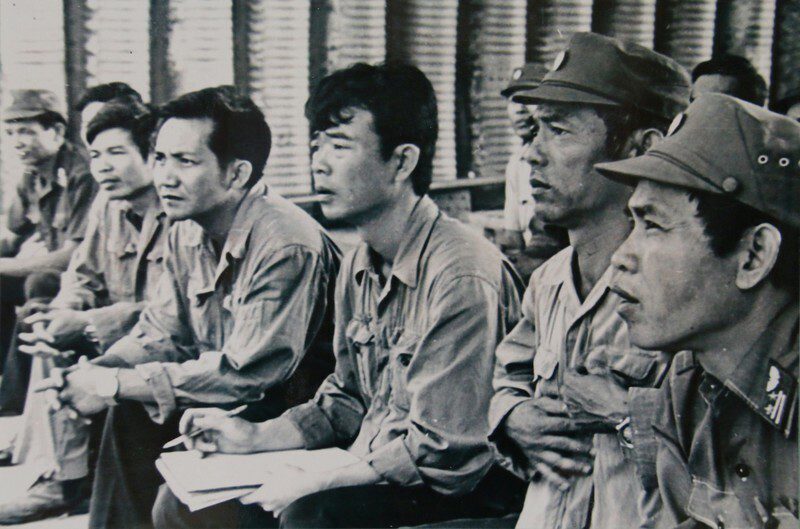
In early 1984, An-26 pilots had practiced bombing runs, and were qualified to fly in a formation of 6-9-12 during the day. On the morning of September 9, 1984, the team of 8 An-26s (7 carrying bombs directly to attack the target, the 8th one as air communication) of the 918 Regiment, directly commanded by regiment commander Nguyen Xuan Hien. took off from Tan Son Nhat to the target, bombed and destroyed the FULRO base.
| Since the rainy season of 1980, Vietnamese ‘volunteers’ had launched many raids on the remnants of the Khmer Rouge. Battles had rapidly increased the number of casualties, so the Ministry of Defense ordered the use of An-26 aircraft to transport wounded from Cambodia to Tan Son Nhat airport, Da Nang, and to transport volunteer troops to Cambodia. The 918 Regiment organized two to four flights per week, evacuating thousands of wounded and sick soldiers, significantly reducing casualties and quickly replenishing troop numbers to the fronts. |
918 Brigade, QCPKKQ
Following early successes, in March 1984, the An-26 squadrons of the 918 regiment bombed the FULRO bases at the 579 front, and wiped out the 920th Khmer Rouge division headquarters of the Northeast Military Region in the mountains of Kratié province, northwest of Bien Ho, and in Kampong Thom.
The An-26 aircraft of the 918 regiment not only transferred troops, ambulances, carried weapons, equipment, but also dropped MK -81 and CBU cluster bombs, destroying headquarters bases, weapons reserves and food supplies of the Khmer Rouge army.
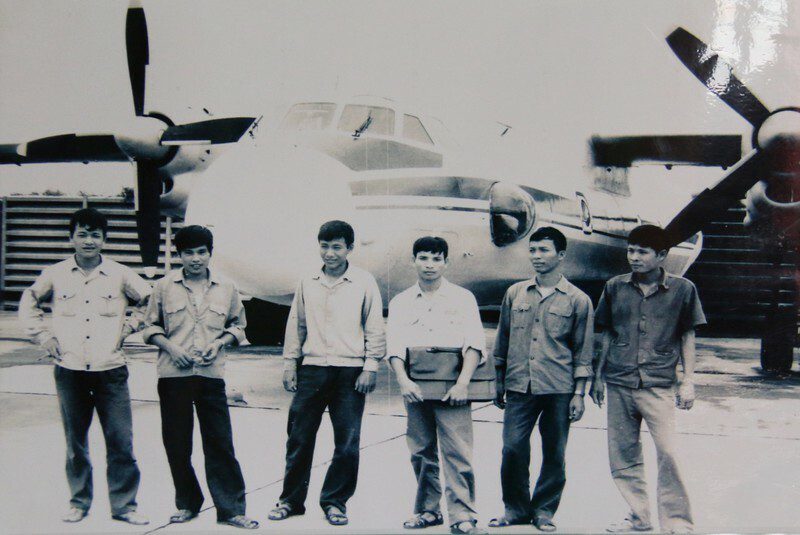
Colonel Nguyen Anh Son, the former in charge of the 918th, said “Many times An-26 attacked the Nui Chi area – a rugged mountain area near the Thai border- where the Khmer Rouge built a fairly strong defense line, probably from January 1979 and were organizing mining to get money to buy weapons. On April 27, 1984, the 918 Regiment used four An-26s flying from Bien Hoa to drop bombs and destroy the base. The Khmer Rouge halted for a while, but in September 1985 they gradually reorganized and built Nui Chi into a large base.
On the morning of September 22, 1985, 4 An-26s carrying MK-81 bombs, cluster bombs CBU-49 flew along Bien Hoa – Kratie – Cu Lao Preng, and bombed Nui Chi from an altitude of 3,500 meters. Immediately after An-26’s bombing, Army Zone 7 infantry rushed forward to control the battlefield”.
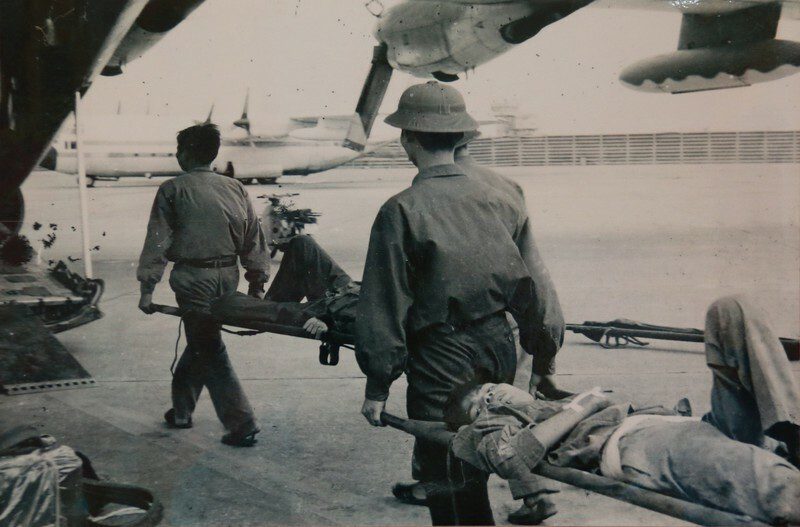
On February 11, 1988, an An-26 from Pochentong (Phnom Penh, Cambodia) had to make an emergency landing on a hillside near Sa Kaeo town, about 30 km across the Thailand-Cambodia border (*no record of this can be confirmed). In the landing, pilot Hoang Van Khai was seriously injured and died. 99 days later, the Thais handed over the 4 surviving flight crew and the ashes of Mr. Hoang Van Khai.
Major General Truong Van Thanh, former deputy commander of the border guard, recalled his time on international duty with the 8th border guard regiment in Pailin province, Cambodia from 1979 – 1988: “The air transport bombing was the Pol Pot’s (soldiers) fear,and when they saw the An-26 transport they ran away, calling it the B-52 of the Vietnamese army”.
TIN247 By HISTORY STEVE

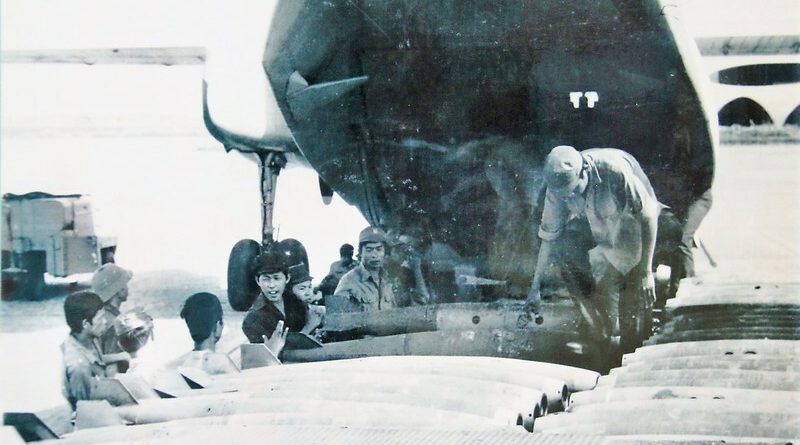



where is the steam maze?
well researched and informative article! it changes some of the history that is known at that time in Cambodia, Vietnam and russina period !